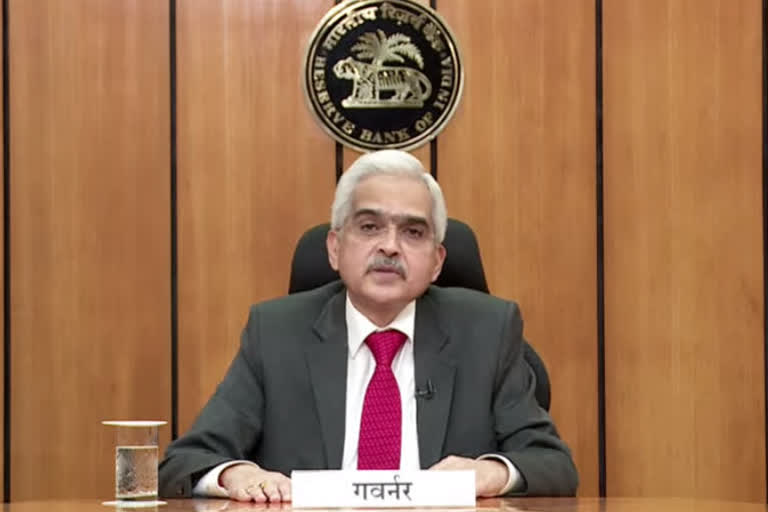Mumbai: Admitting that credit growth is "very low" given the size and growth rate of the economy, the Reserve Bank on Wednesday said for both the numbers to match, "the very very wide output gap" has to close.
The central bank also clarified that low credit growth does not necessarily mean low credit flow to the economy, or choking of credit to the system, as bank credit growth numbers that the central bank publishes regularly represent only the outstanding credit in the system.
Output gap means due to poor demand conditions, companies are unable run their plant at full installed capacity or, in a larger sense, an economy is not producing optimally as the demand is missing.
Addressing reporters at the post-policy presser, Deputy Governor Michael Patra admitted that credit demand is still missing in the economy.
It is certainly not good enough for an economy of India's size and scale, he said and apportioned it to "the very very wide output gap" in the economy that he feels "will take several years to close".
Governor Shaktikanta Das said the thriving commercial debt/credit market -- commercial papers, non-convertible debentures (NCDs) and external commercial borrowings (ECBs) -- and the massive deleveraging that large corporates have been undertaking with such credit is the main reason for the low demand for bank credit.
Also Read: Retail inflation expected to ease to 5 pc next fiscal on govt measures, good crop prospects: RBI
However, the governor was quick to admit that "yes, credit growth at 7 per cent is definitely low and more so at this level this is too low for an economy of our size and growth rate. But bank credit data is not about credit flow per se and the RBI data is about outstanding bank credit alone."
On the other hand, commercial credit supply has improved a lot and flows directly to the market. Supply of commercial papers, NCDs, bonds and ECBs have also improved since last year since these debt instruments are also linked to the RBI rates, he observed.
The governor also pointed out that large and medium companies have raised lot of money from markets and replaced high-cost bank loans with low-cost funds from the market. So cumulatively, credit flow has been on the rise.
Patra, while admitting that credit demand is yet to reach the pre-pandemic levels, blamed it on the missing private investment and private demand which he said is due to the fact that corporates are still facing surplus capacity built over the years.
They will need fresh investment to augment capacity only when they saturate the existing capacity and when that happens, it will kickstart the much delayed private capital expenditure (capex).
When asset utilisation grows, credit demand for capex will come back, Patra said.
For the first time since the pandemic, bank credit growth turned positive by 10 bps or Rs 7,283 crore in the week to September 24, against a contraction of 1 per cent (or Rs 99,280 crore) on-year.
The demand pick up continued into the week to November 19 when on an annualised basis, bank credit rose 6.97 per cent, taking the outstanding bank credit to Rs 111.62 lakh crore, up from Rs 104.34 lakh crore a year ago.
PTI



